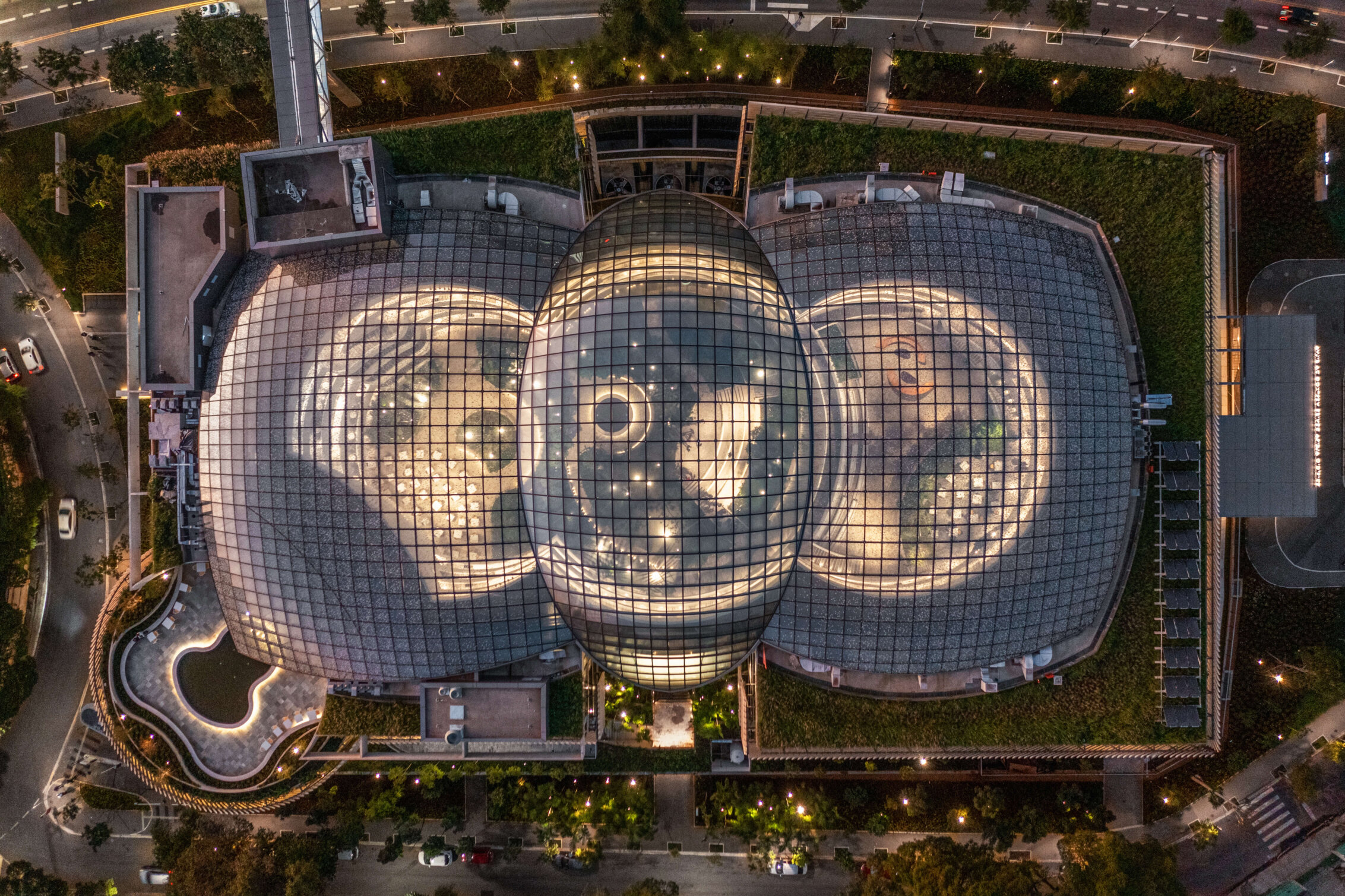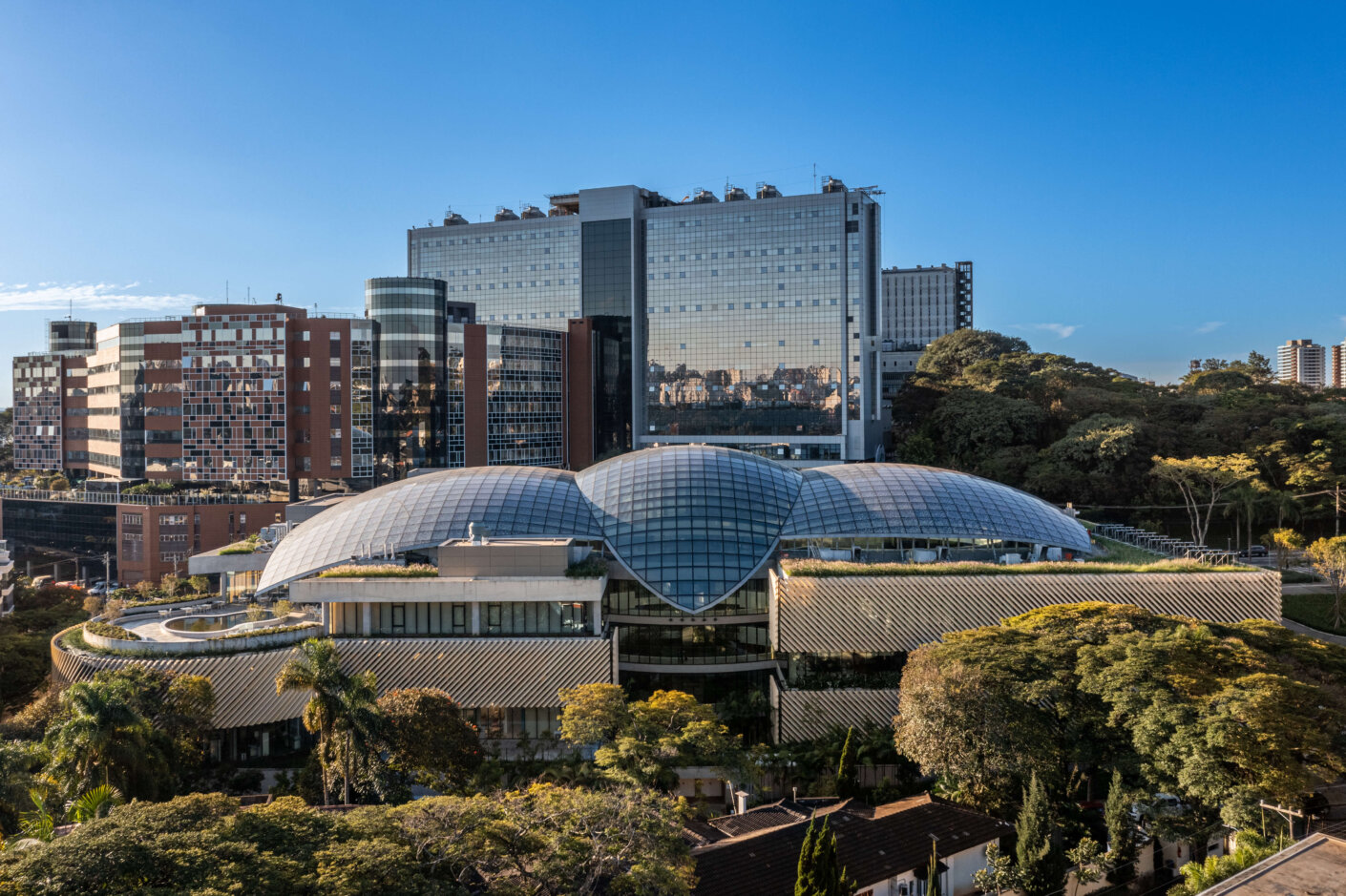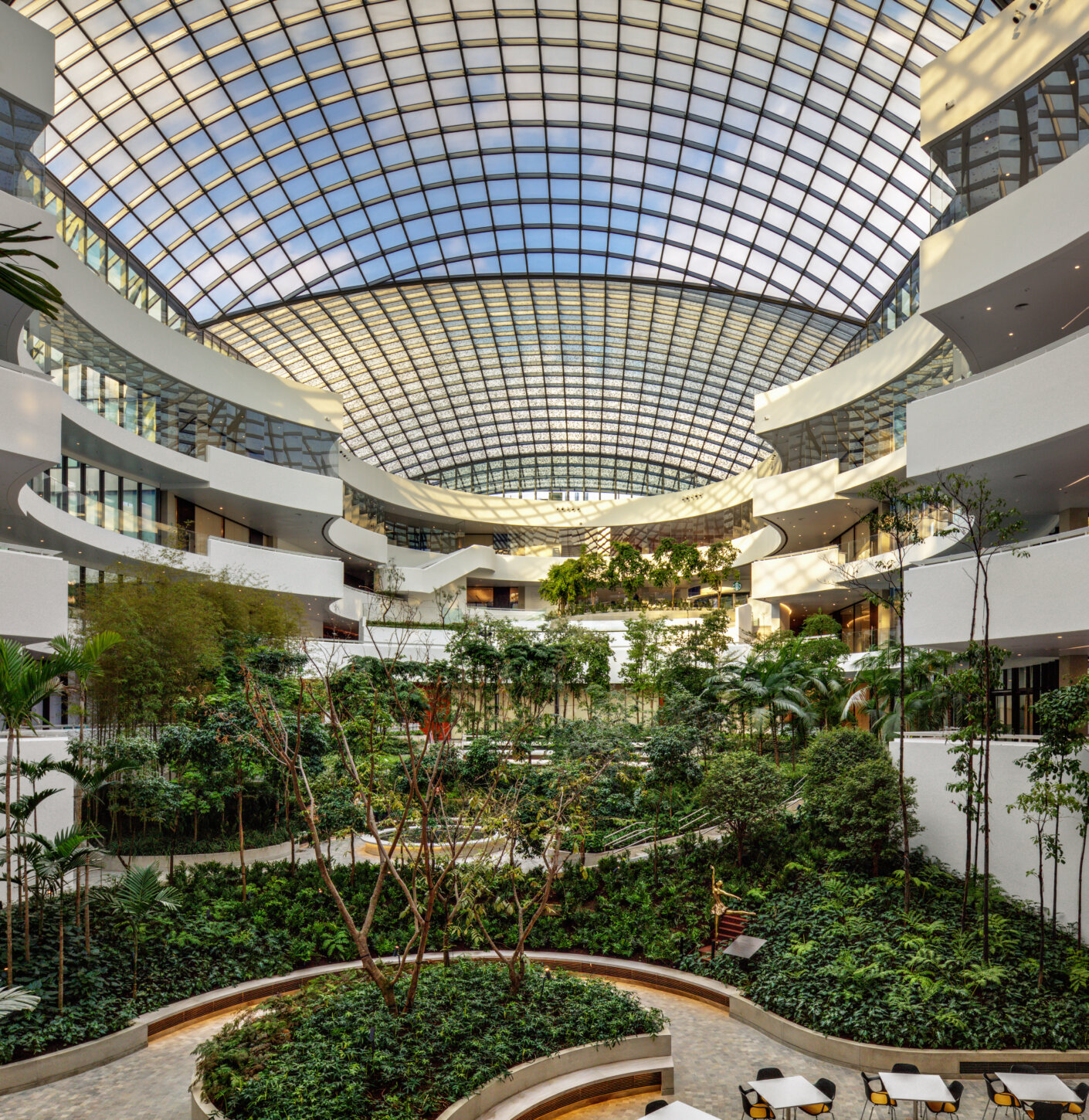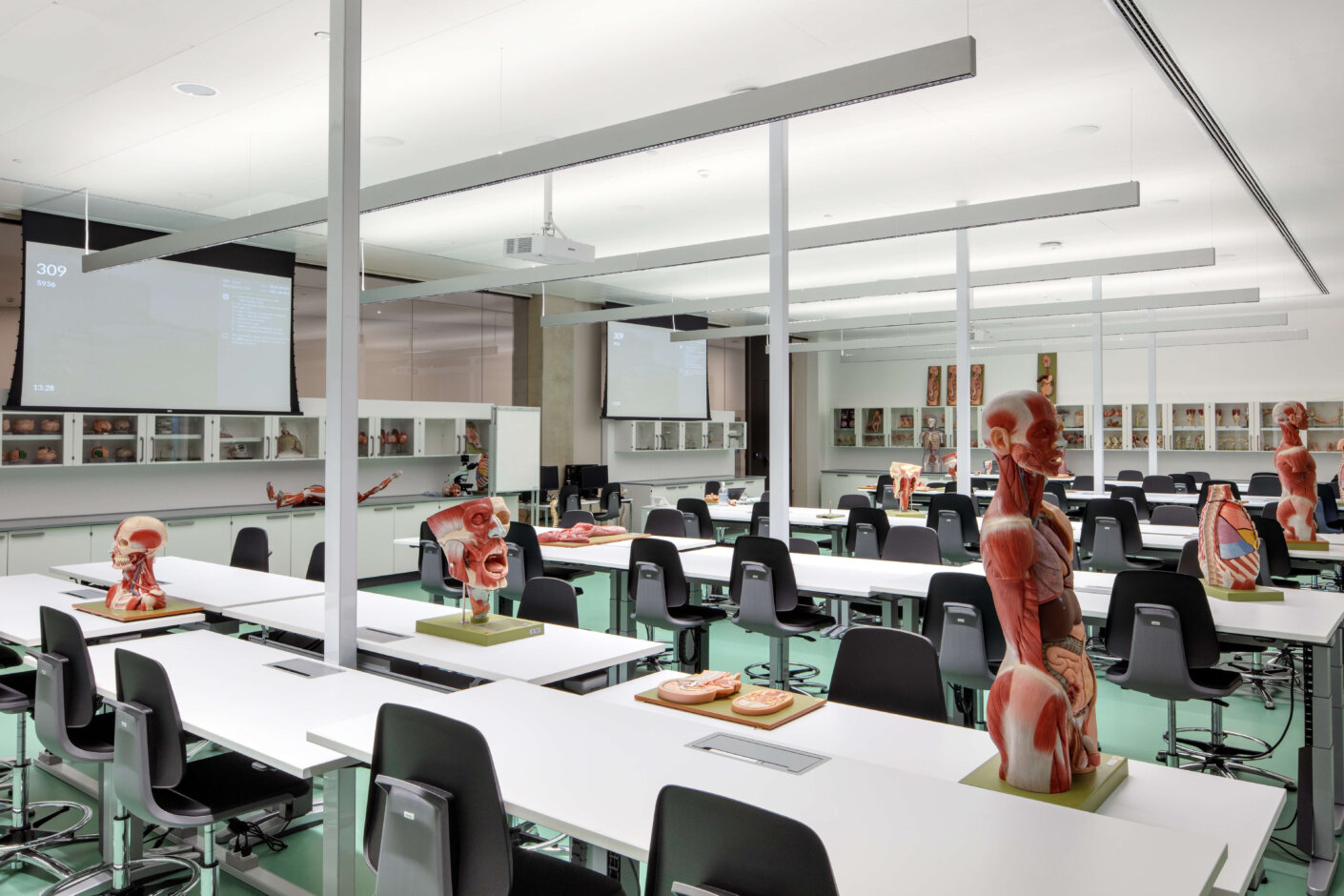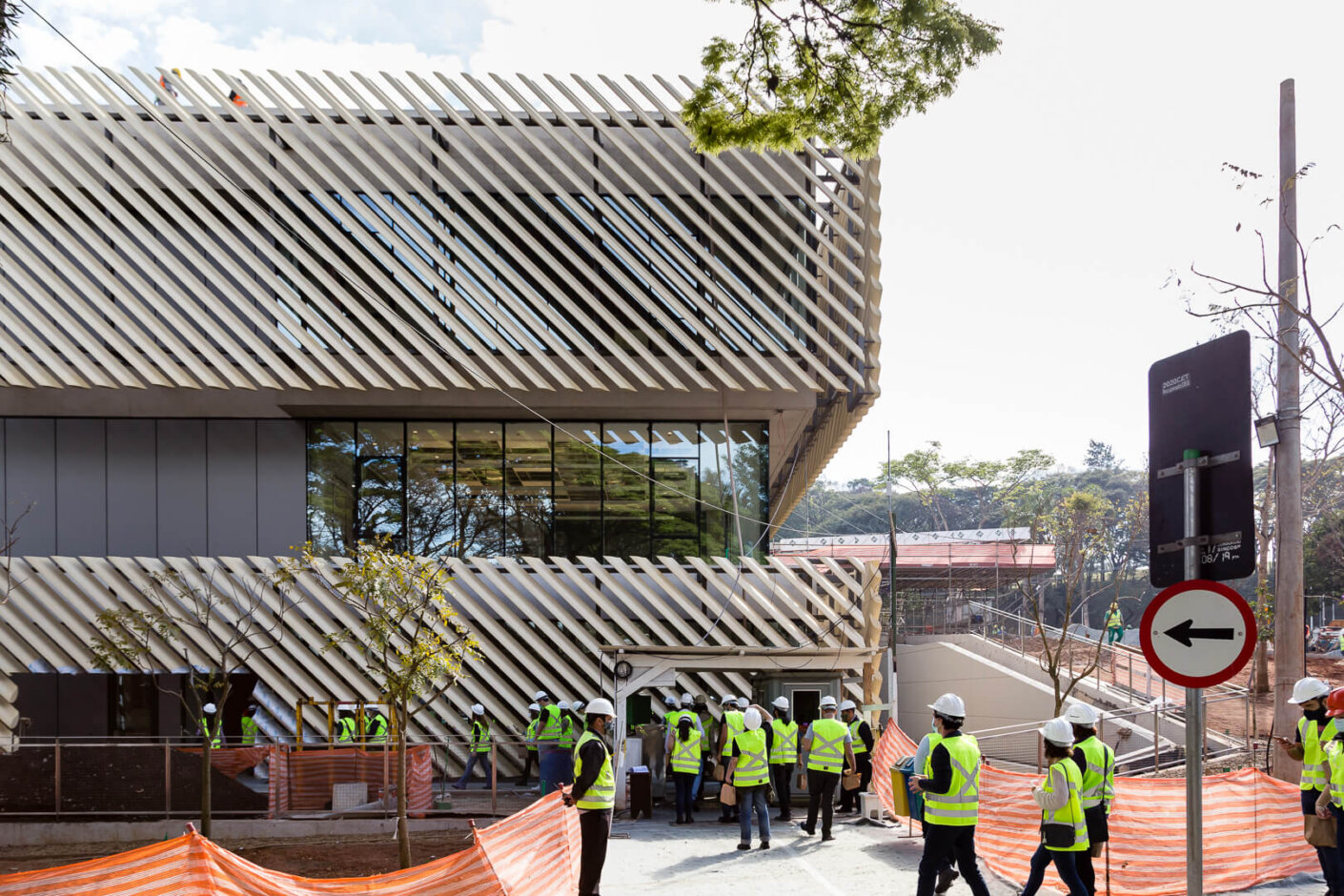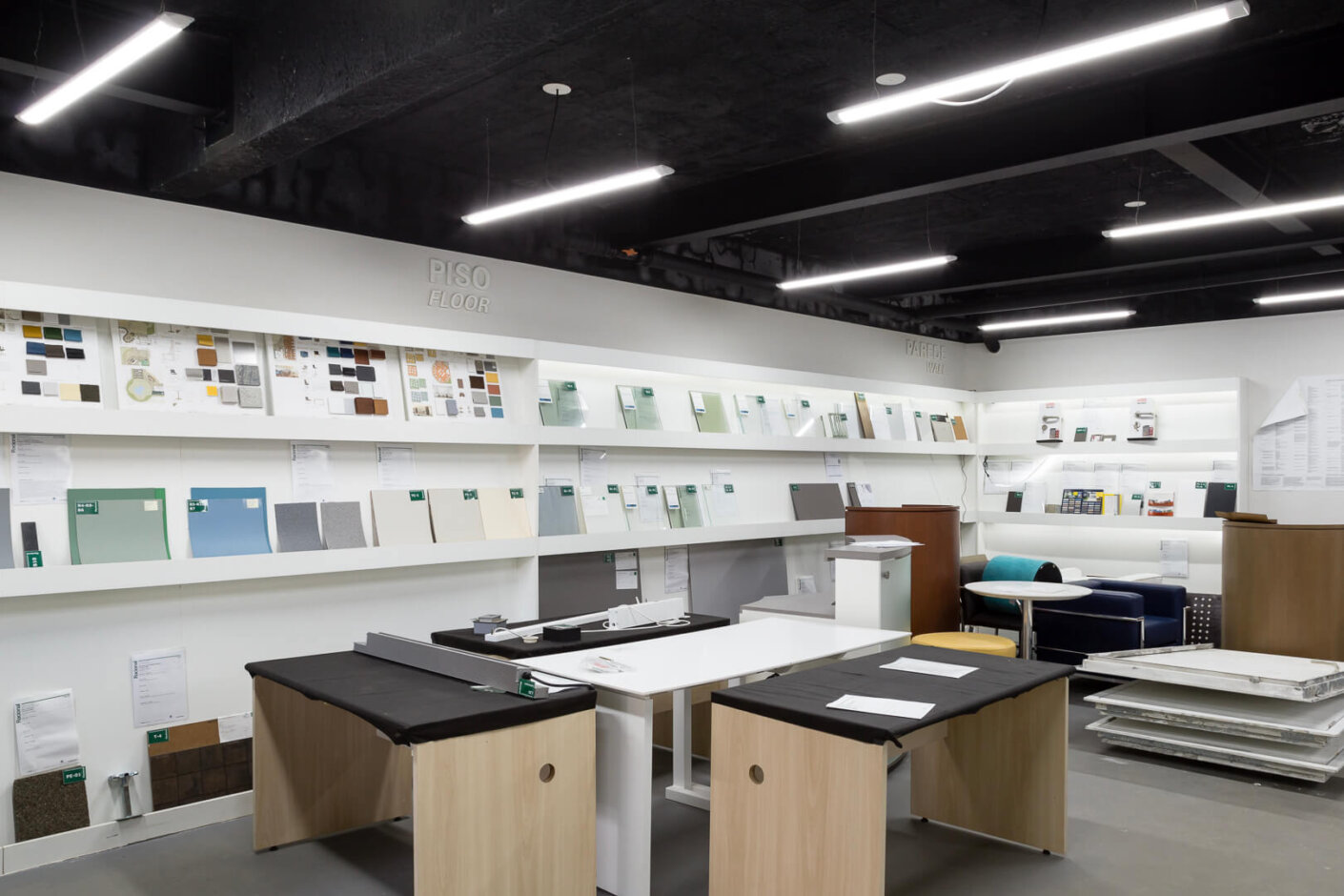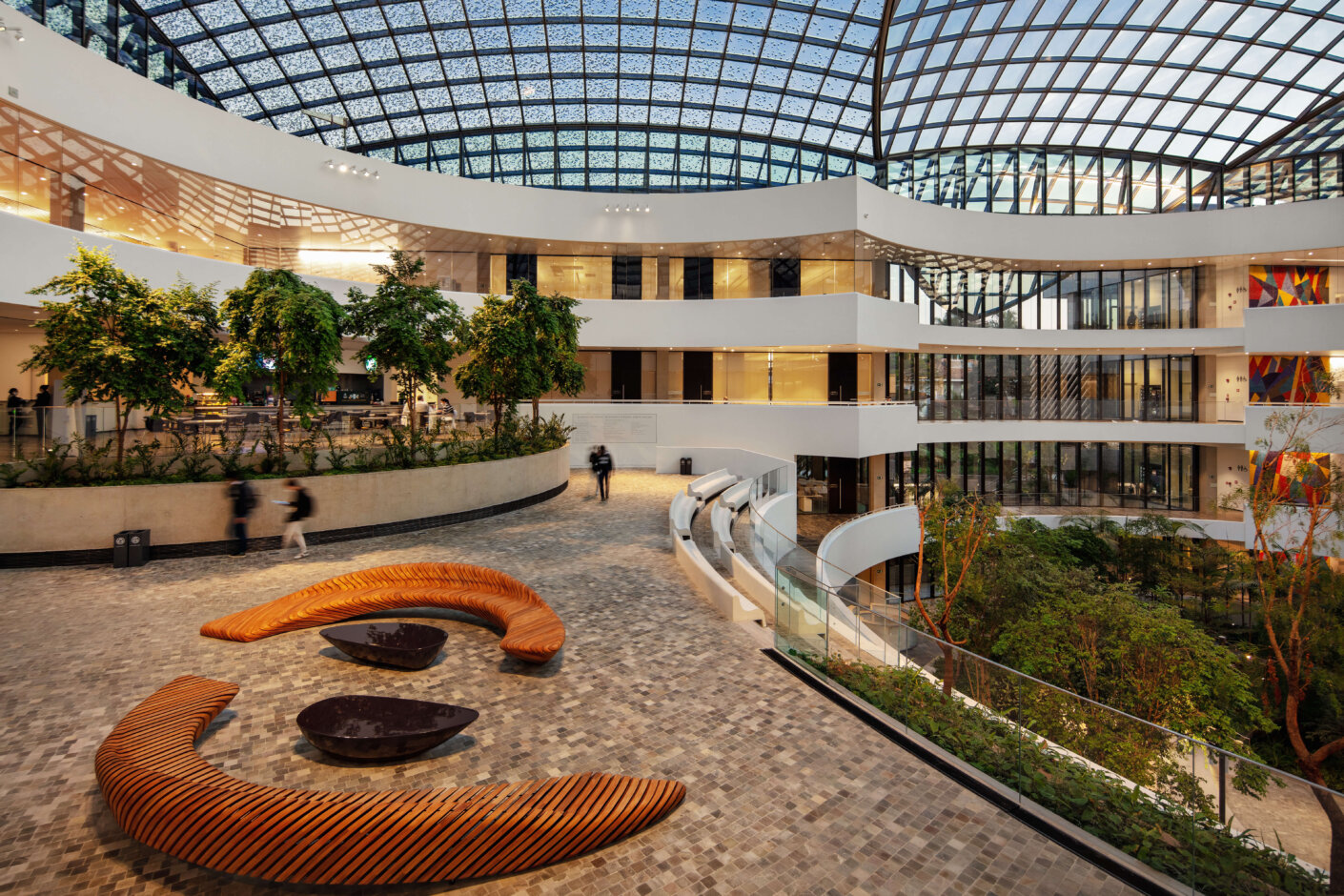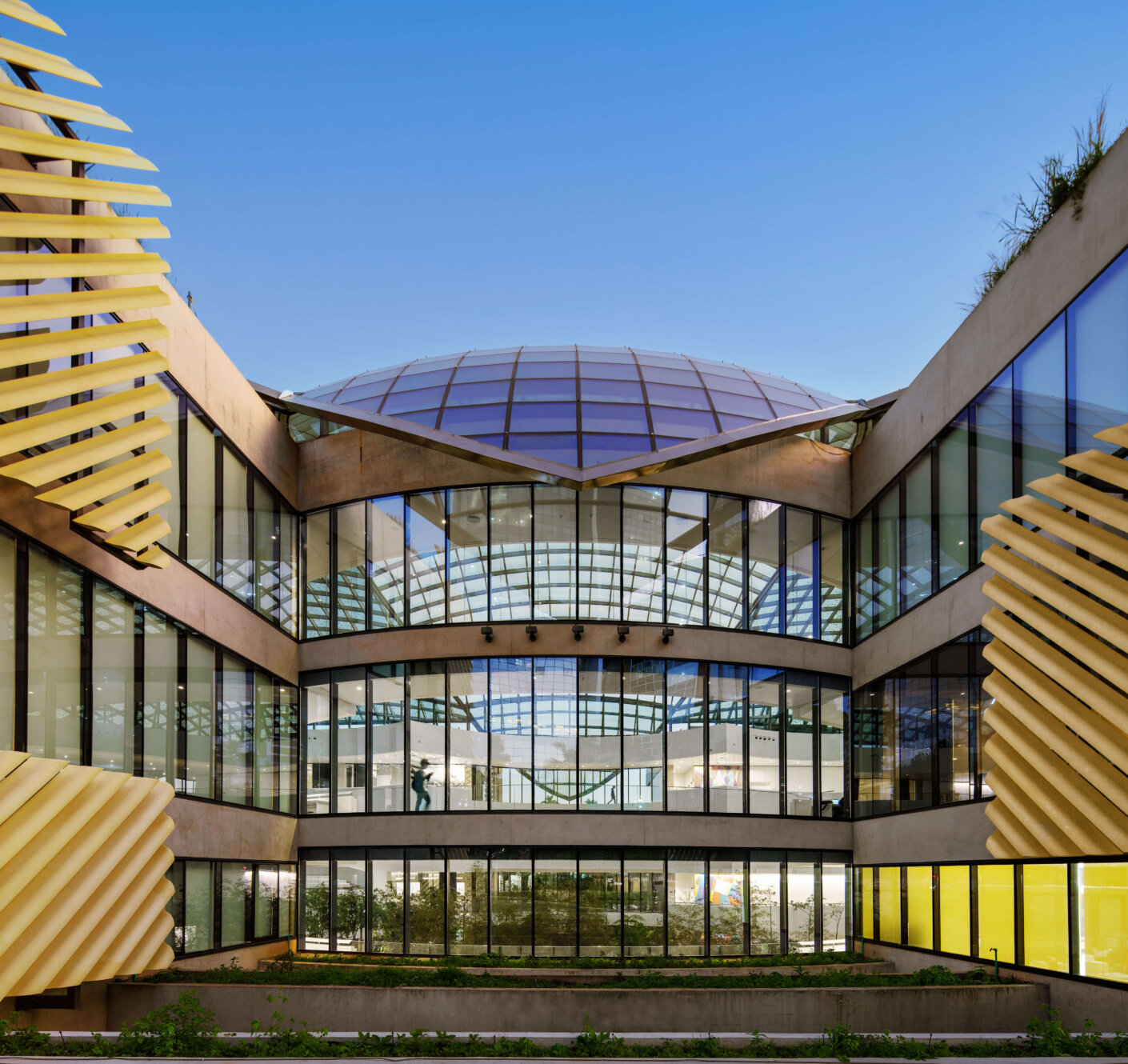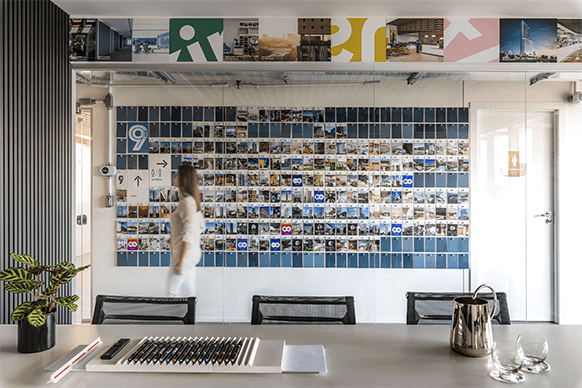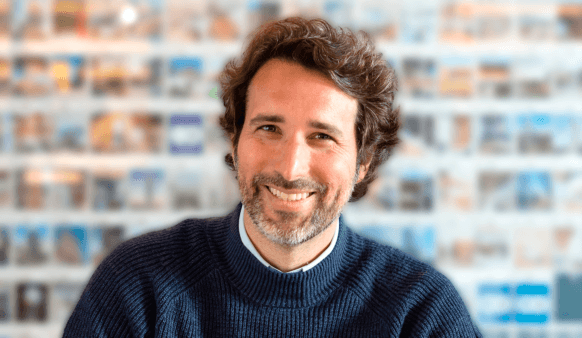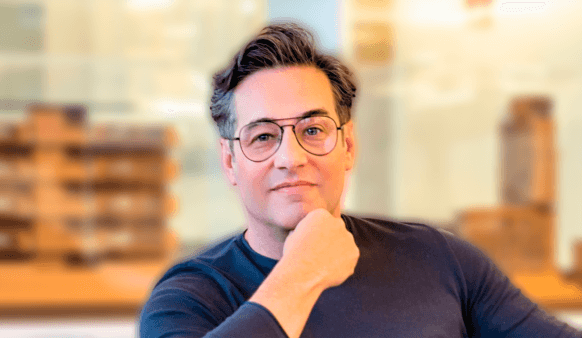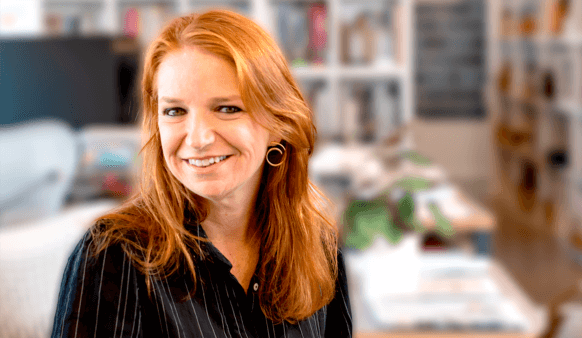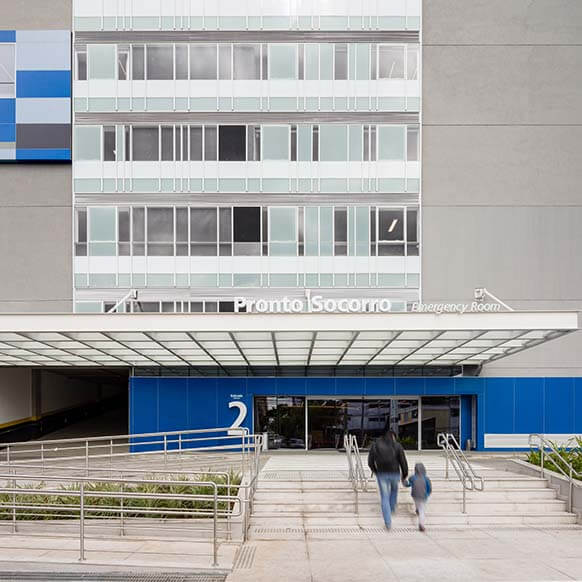The design process began in 2016, while the construction started in 2018, and was finally completed in 2022. The 45,000 square meters building with three underground floors and five upper levels is located in the residential district of Morumbi, in the south zone of São Paulo city. Over $700 million was invested.
Perkins&Will and Moshe Safdie complete the Albert Einstein Education and Research Center (AEERC), raising the bar for healthcare buildings in Brazil
